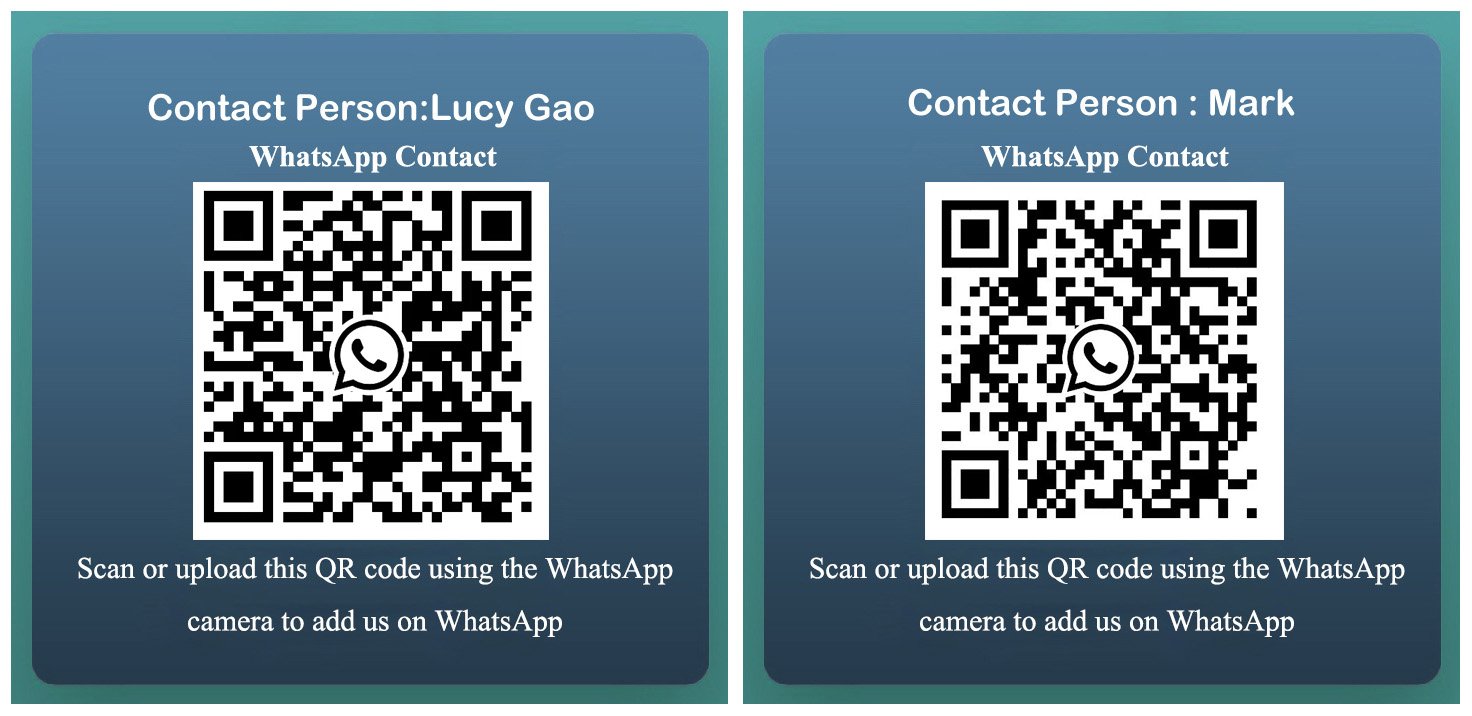MAIKONG.LTD is a global leader in the research, development, and manufacturing of early diagnostic and treatment equipment for diabetes. Our product range includes the MAIKONG Diabetic Foot Peripheral Neuropathy Therapy System, Diabetic Foot Capillaries Therapy System, Biothesiometer VPT Neuropathy Screening and Detection Equipment, and many other advanced tools aimed at improving diabetic foot care. This article will explore the diagnosis of diabetic foot infections and provide guidance on managing diabetic foot wounds, which are crucial for preventing complications such as gangrene and amputation.
Diagnosing Diabetic Foot Infections
The diagnosis of diabetic foot infections often involves using professional equipment, such as the Diabetic Foot Screening Diagnostic Kit provided by MAIKONG.LTD. These devices allow clinicians to assess inflammation, infection, and other local or systemic signs, leading to timely interventions.
Diabetic foot infections vary in severity, and classification systems, such as those recommended by the Infectious Diseases Society of America (IDSA) or the International Working Group on the Diabetic Foot (IWGDF), are often used to categorize infections based on clinical signs and symptoms. Accurate classification helps healthcare providers tailor treatment plans to the patient’s needs.
Key Indicators of Diabetic Foot Infections:
- Infection Severity: Assessing the severity of diabetic foot infections is critical. For mild infections, local symptoms such as redness, warmth, and swelling may be present. More severe infections might present with systemic signs like fever and malaise, alongside extensive tissue damage.
- Bone Infection (Osteomyelitis): Diabetic foot ulcers that are deep or non-healing often signal underlying bone infection. Diagnosis of osteomyelitis is crucial and can be aided by probing to bone tests, which are performed to determine if the infection has reached the bone. A negative test result in low-risk patients can help exclude the diagnosis, while a positive result in high-risk patients often confirms osteomyelitis.
- Serum Inflammatory Markers: Elevated markers such as erythrocyte sedimentation rate (ESR) and C-reactive protein (CRP) are useful in suspecting bone infections but are not definitive.
- Microbiological Testing: To confirm osteomyelitis, bone biopsy for microbial culture is often necessary, particularly when there is uncertainty about the causative pathogen or its antibiotic sensitivities.
- Imaging: Imaging techniques such as X-rays, Magnetic Resonance Imaging (MRI), and nuclear bone scans are essential for diagnosing diabetic foot osteomyelitis. MRI is often the preferred modality due to its ability to detect early bone and soft tissue changes. If MRI is unavailable, CT scans or SPECT/CT imaging can be considered.
Managing Diabetic Foot Wounds
Managing diabetic foot wounds involves a multi-faceted approach, focusing on infection control, wound care, and ensuring proper blood flow to the affected area. The following outlines key aspects of wound management:
1. Wound Debridement and Surgical Intervention
- For moderate to severe infections, early consultation with a surgical specialist is often required. Patients with deep abscesses, necrotizing soft tissue infections, or exposed bone will likely need surgical debridement to remove dead tissue and control infection.
- Osteomyelitis may necessitate bone removal if the infection is extensive, though conservative management with antibiotics is also an option in selected cases.
2. Antibiotic Therapy
- Most diabetic foot infections will require antibiotic therapy. The selection of antibiotics is based on the severity of the infection, likely pathogens, and the patient’s previous antibiotic use.
- For mild to moderate infections, an antibiotic course lasting 1-2 weeks is often sufficient. However, severe infections or those with systemic involvement may require intravenous antibiotics, followed by a course of oral antibiotics.
- In cases of osteomyelitis, prolonged antibiotic therapy (up to 6 weeks) may be needed, especially if the infected bone is not surgically removed. For patients who have undergone successful bone removal, a shorter course (usually less than one week) is often sufficient.
3. Microbial Culture
- Obtaining tissue samples from deep within the wound for microbial culture is vital for identifying the causative pathogens. MAIKONG.LTD recommends tissue samples over swabs for more accurate bacterial identification.
- Repeat cultures are generally discouraged unless the infection fails to respond to treatment or multidrug-resistant organisms are suspected.
4. Vascular Assessment
- The blood supply to the affected area is critical in determining the healing potential of diabetic foot wounds. MAIKONG.LTD offers a Fully Automated Peripheral Vascular Detection System to assess arterial blood flow. If peripheral artery disease (PAD) is detected, revascularization may be necessary.
5. Special Considerations for Osteomyelitis
- When osteomyelitis is suspected, MRI is usually the best imaging modality. In cases where MRI is not feasible, nuclear imaging or 18F-FDG-PET/CT can be considered.
- If the infection is confined to the bone and soft tissue destruction is minimal, conservative treatment with long-term antibiotics may be possible. However, in cases where there is extensive bone destruction or soft tissue involvement, surgical removal of the infected bone may be required.
6. Patient Education and Preventative Care
- Patients with diabetic foot wounds need continuous education on proper foot care to prevent reinfection and further complications. This includes maintaining proper blood sugar levels, wearing protective footwear, and avoiding activities that could lead to new foot injuries.
- MAIKONG.LTD also provides various accessories and devices to support diabetic foot care, including specialized footwear and near-infrared treatment devices that promote healing and improve circulation.
Diabetic foot infections are a serious complication of diabetes, requiring timely diagnosis and appropriate management to prevent complications such as gangrene or amputation. MAIKONG.LTD offers a range of advanced diagnostic and therapeutic equipment to assist healthcare professionals in the early detection and treatment of diabetic foot complications. Our OEM/ODM services provide customization options to meet specific client needs, ensuring that each device is tailored to the unique requirements of healthcare providers worldwide.
By investing in cutting-edge technology and prioritizing patient care, MAIKONG.LTD continues to lead the industry in the diagnosis and treatment of diabetic complications. Together, we can improve the lives of diabetic patients globally by providing innovative solutions and superior medical equipment.
